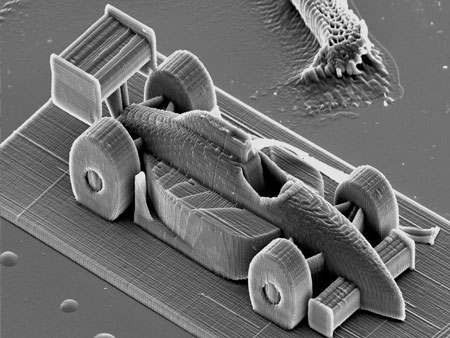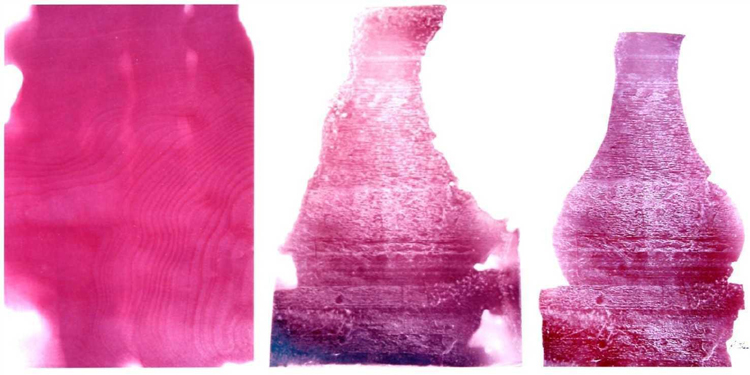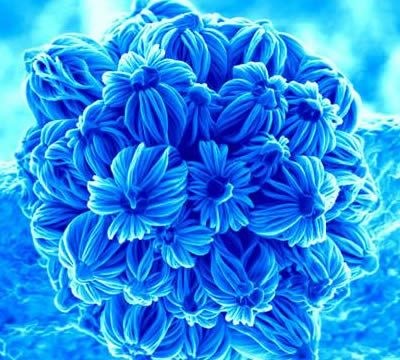In reality, nanotechnology is a much broader field, and it rarely involves making tiny machines. Nanoparticles, such as those of silver, can function as antibacterial additions to clothing. The drawback is that we do not yet fully understand the effects that silver nanoparticles can have on water waste; ocean pollution is already a big problem and we do not want to make it worse. On a more positive note, the use of nanoparticles resulted in a new drug for cancer treatment, abraxane.
Nanotechnology as a field may be new, but nanoparticles have been in use for thousands of years by both man and nature. Certain geckos have nanostructures on their feet which allow them to climb walls; blue morpho butterflies appear blue not because of blue pigment, but because they have nanostructures which manipulate light to reflect blue instead of black; lotus leaves have hydrophobic nanostructures to stay clean. Before humans even knew of the existence of atoms, humans were using nanoparticles to give stained glass windows colors that were better than those of normal pigments.
This brings us to the application of nanotechnology to art. In the past 5 years there have been major advances in printing and 3D printing. A group of scientists at the Institute of Materials Research and Engineering in Singapore accidentally discovered a way to print color images at a resolution of 100,000 dots per inch. This means that data could be stored much more efficiently. Artistically, the potential exists for both tiny works of art and works of art with incredible resolutions and complex color combinations. In the world of 3D printing there are already works of art, such as this 330x130x100 µm^3 dimensioned race car.

Vienna University of Technology
The car presumably doesn't function like a normal car... at least not yet. But the sheer level of detail is extraordinary.

Robert Steinberg
This "vase" was created by pouring a colloid onto a surface (left), then allowing it to dry and removing the excess (center). Then it was finished off by shaping it into the image of a vase (right). The "vase" was partially self-assembled, an important aspect of nanotechnology. Self-assembly and emergent properties are perhaps the easiest way to create things at a nanoscopic level.

Ghim Wei Ho
Lastly, this image of a "Nano Flower Bouquet" demonstrates the fusion of the classic artistic representation of flowers (think of all the paintings of flowers that you have seen) and the new art of nanotechnology.
Sources
Danigelis, Alyssa. "Nanoprinter Achieves Insane Resolution : DNews." Discovery News. 13 Aug. 2012. Web. 22 May 2016.
Gimzewski, Jim. "Nanotech for Artists." UC Online. Web. 22 May 2016.
Gimzewski, Jim, and Victoria Vesna. "The Nanomeme Syndrome: Blurring of Fact & Fiction in the Construction of a New Science." UCLA. Web. 22 May 2016.
Ho, Ghim Wei. "Nano Flower Bouquet." Nanotechnology Art Gallery. Nanotechnology Now. Web. 22 May 2016.
Steinberg, Robert. Nanotechnology Art Gallery. Nanotechnology Now. Web. 22 May 2016.
I really enjoyed your post this week! I also don't think nanotechnology should be limited to the idea of the eventual doom of the human race as tiny robots begin to take over the world. I really like how you included in your pictures types of artwork that have been produced by nanotechnology. It is amazing that something so beautiful cannot even be beheld by our naked eye! Technologies such as nanotech allow us to take art to a whole new level.
ReplyDelete